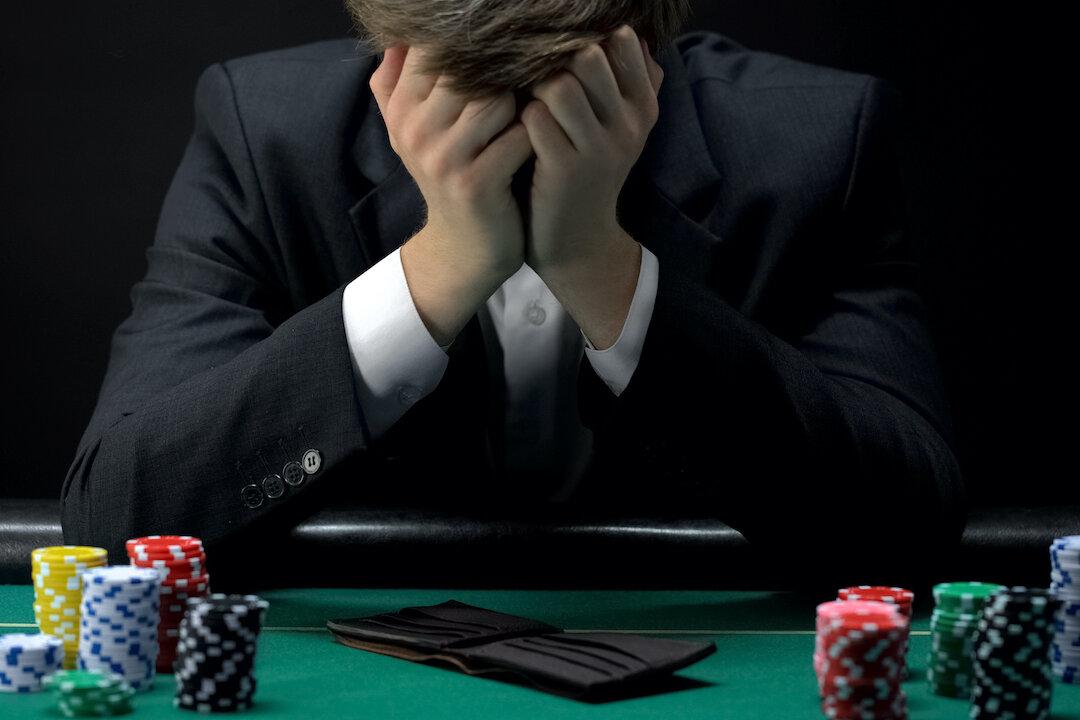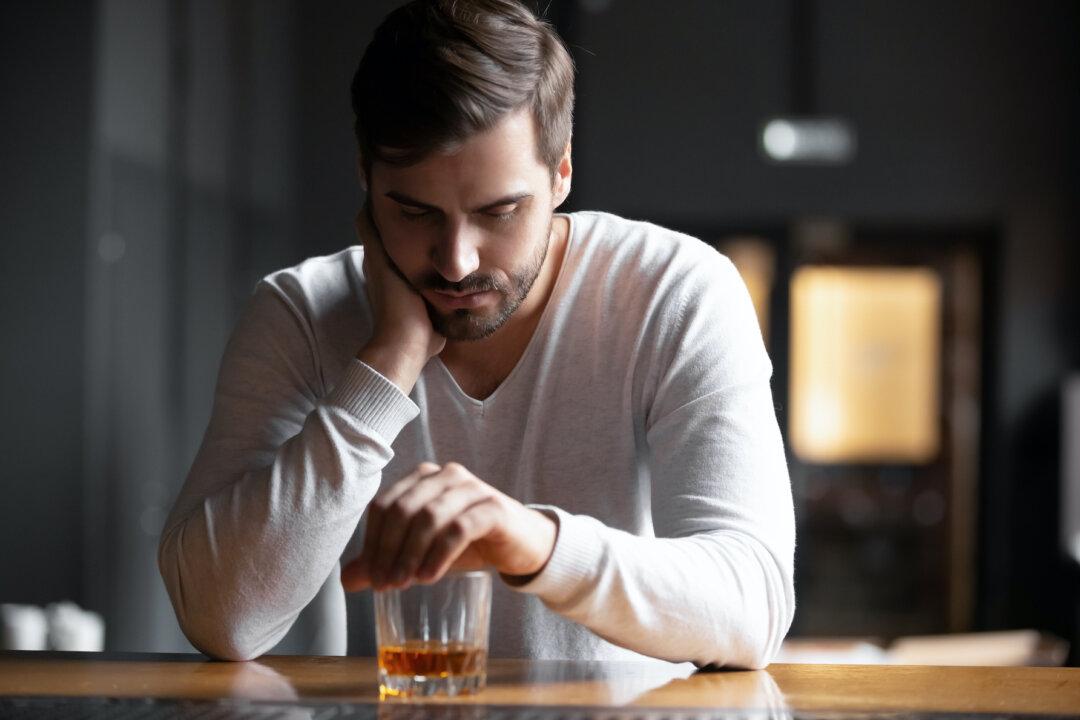The consuming nature of addiction means that by its very definition, it’s an isolating chronic disease. It manifests in various forms that permeate the fabric of society, destroying lives, families, and communities. As explored in previous articles in this series, the rates of addiction are running rampant in countries around the world and the misconception that some addictions are worse than others has left the door open for an explosion of seemingly “innocent” addictions.
Society has viewed an addict as the person strung out on heroin or meth, in a back alley, selling their soul for the next fix. But research has shown that an addict is any person that is unable to stop using a substance such as alcohol, prescription meds, and illicit drugs, or engaging in a behavior, even though it has harmful effects on their daily lives. These behaviors can range from gambling, eating disorders, and sexual gratification to social media and gaming. Even work can become an addiction. Addiction is addiction. It devours more than it returns, leaving us depleted and vulnerable, fueling a downward trajectory that ruins countless lives.



